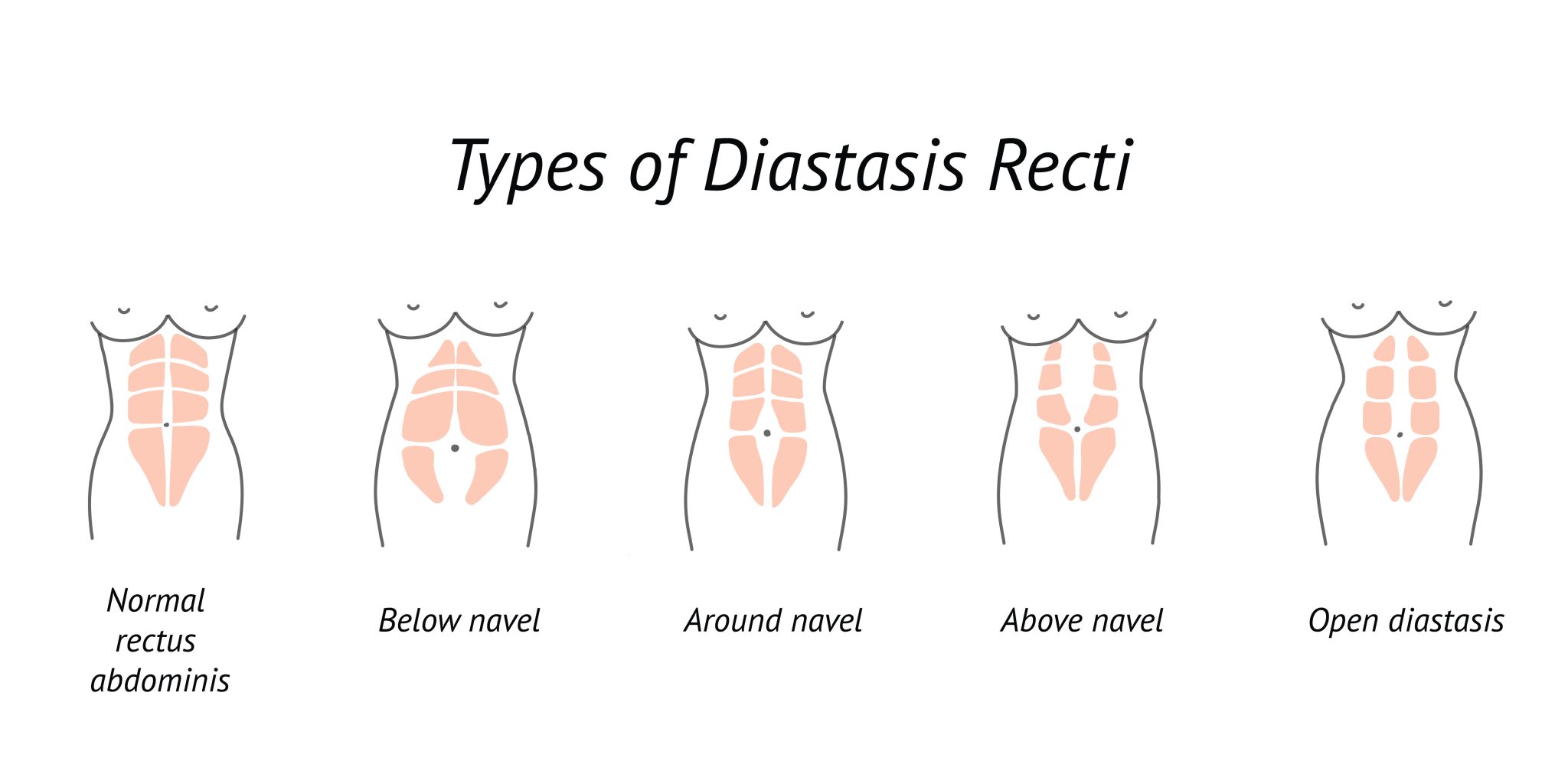The right tension does the trick! Learn how to effectively treat rectus diastasis
Rectus diastasis, also known as abdominal muscle-tendon gap or abdominal wall paresis, is a stretching or separation of the straight abdominal muscles. It often occurs during or after pregnancy. However, men and women who do intense abdominal exercises, for example, or who are overweight can also develop rectus diastasis. Rectus diastasis can affect well-being and physical function or exercise capacity.
Causes of rectus diastasis
The straight right and left abdominal muscles (Musculus rectus abdominis) are connected by a central tendon (Linea alba). Rectus diastasis occurs when the linea alba diverges. This may be due to overuse or improper use (inadequate abdominal muscle training), hormonal changes (for example, during pregnancy), or in rare cases, surgical intervention. During pregnancy, fetal growth, especially in the third trimester, can lead to increased stress on the abdominal muscles and thus to the development of rectus diastasis. An increased risk of developing rectus diastasis exists, for example, in multiple pregnancies as well as a previous pregnancy with cesarean section.
Symptoms of rectus diastasis
Rectus diastasis can cause a bulge in the abdomen and a noticeable gap or gap between the straight abdominal muscles. This change may persist even after pregnancy or weight loss. Some people develop loss of function of the abdominal organs, connective tissues or local muscles, which may be accompanied by pain in the back.
- A visible bulge or gap along the straight abdominal muscles that increases with abdominal tension
- Back pain, especially in the area of the lumbar spine
- Difficulty performing activities of daily living, such as lifting objects or moving quickly
- Posture problems and abdominal wall weakness
The most important rule for rectus diastasis
"The basic tension must be learned and internalized to be used as a base in training and everyday life."
The following recommendations apply to training for rectus diastasis.
- Quality of training is more important than quantity.
- The basic tension and relaxed breathing form the basis of the training, thus preventing incorrect and overload.
- Almost all abdominal exercises and movements of everyday life can be a workout, if the corresponding abdominal muscles are adequately loaded in the process.
Our sports therapist, Lucie Boysen, will help you develop an individualized training program through a comprehensive assessment as well as therapy and prevention services.
 BOOK
BOOK

